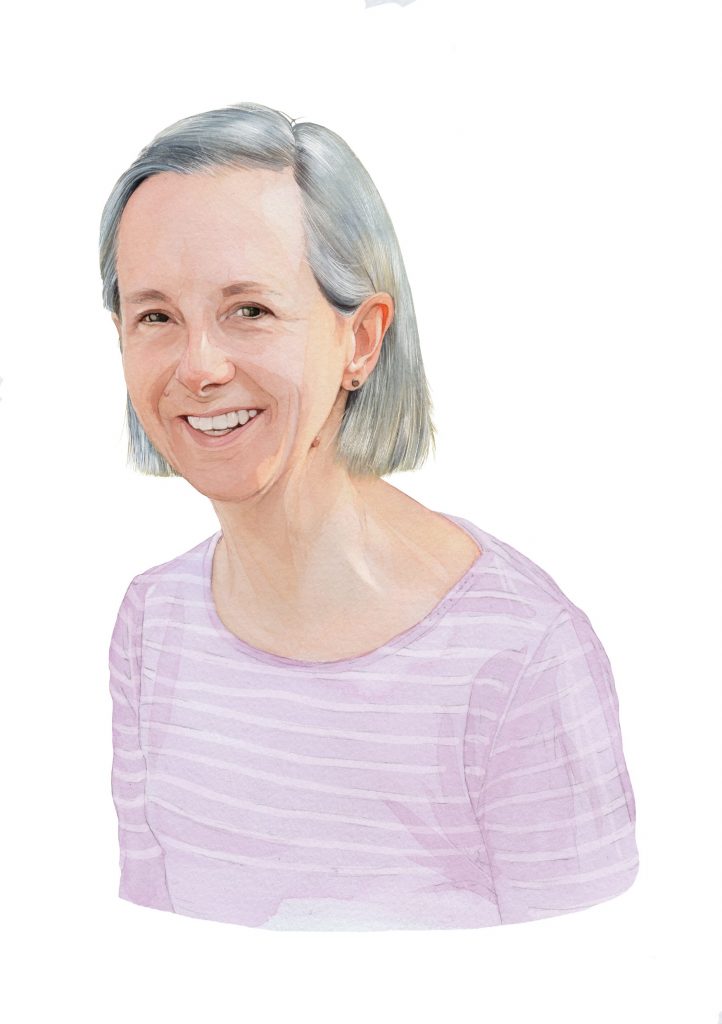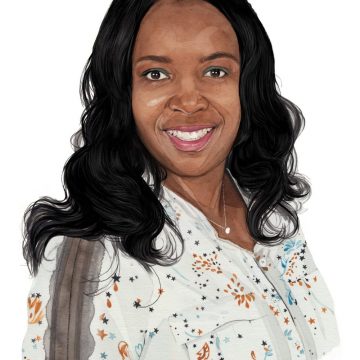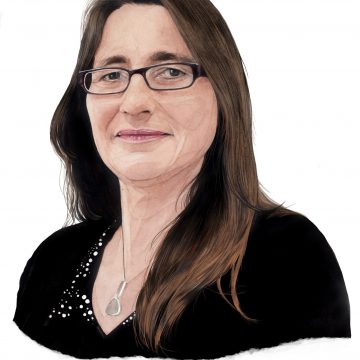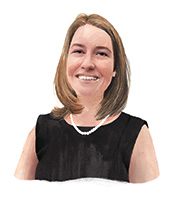The unmarried mothers of the bastardy books
Bastardy books tell a different story about the plight of Georgian and Victorian unmarried mothers.

Georgian and Victorian portrayals of unmarried mothers are pretty uncompromising. Take Richard Redgrave’s 1851 painting, The Outcast, which shows a paterfamilias casting his daughter and her infant into a hostile world. Or Gustave Doré’s 1878 illustration for The Bridge of Sighs, which depicts a pregnant woman throwing herself into the cold waters of the River Thames. Intriguingly, however, my research of bastardy books for Southwark, Lambeth and Chelsea suggests that the truth for most women finding themselves single and pregnant in Georgian and Victorian England was far more complex.
Levels of illegitimacy rose quickly following the Restoration of Charles II until the 1850s, such that a quarter of all first births were illegitimate and a further quarter of brides were pregnant when they married. These rates are similar to the 1960s and 70s. Couples were having sex in anticipation of marriage but, for the women I study, something happened to prevent the wedding: death, impressment into the armed services, unemployment, poverty or abandonment.
We might also assume that single women had to resort to the dreaded workhouse for the birth of their babies, but this was the case for around only two-fifths. Most stayed in their lodgings and a midwife attended, experiencing the same kind of childbirth as married women. Many turned up in labour at the workhouse gates, the equivalent of a modern maternity hospital. A few women managed to gain admittance to the new lying- in hospitals, which had better facilities.
Couples were having sex in anticipation of marriage but something happened to prevent the wedding – death, poverty, the armed services, unemployment or abandonment
And under the poor laws, fathers were held financially responsible for their illegitimate children, a ruling that operated not unlike an early form of the Child Support Agency. The so-called bastardy laws meant that women swore the paternity of their infants before local magistrates who also interviewed witnesses. If the magistrates were persuaded that the man was the father, they issued an order for maintenance of the child, as well as an instruction to recoup the birth and court costs. The outcomes of these cases were then recorded in bastardy books.
There were various ways men might pay for their illegitimate children: poor men or those deemed a flight risk paid a lump sum upfront; others paid smaller sums that were given to the mothers weekly. The credit of these men was supported with a bond put up by three or four others – this was a large amount, called in if the father defaulted or in the event of his death. In Southwark, weekly maintenance instalments were relatively high and paid for over a period of seven to 15 years.
Overall, however, Londoners were particularly bad at recovering the costs from fathers. Other research has established that communities in Yorkshire might recover as much as four-fifths of the amount due compared with one-fifth in the capital.
Levels of illegitimacy rose quickly following the Restoration of Charles II
Importantly, if an order had been made and the money was not forthcoming, the parish continued to pay for the child. The bastardy books show that although parish constables were quite skilled at finding fathers, they were hopeless at getting money out of them. Men could disappear easily, such as David Byron, who, in 1824, was committed to the house of correction in Brixton for refusal to pay the bastardy expenses for his child Alfred with Susannah Turell. Although he “got sick of the mill & paid the bill”, he then fled to America – leaving five illegitimate children behind him.
The history of unmarried mothers is full of conflicting evidence. Unmarried mothers and fathers were defamed by fellow inhabitants and harassed by parish watchmen and beadles, overseers and magistrates, but they were also offered material and emotional support by masters and mistresses, neighbours and friends, philanthropists and those same overseers and magistrates.







